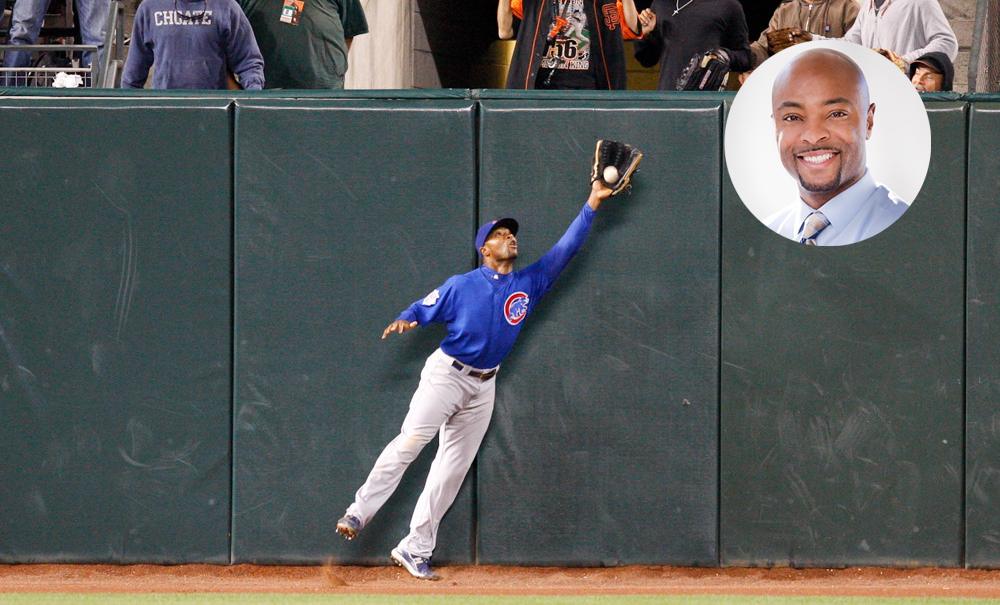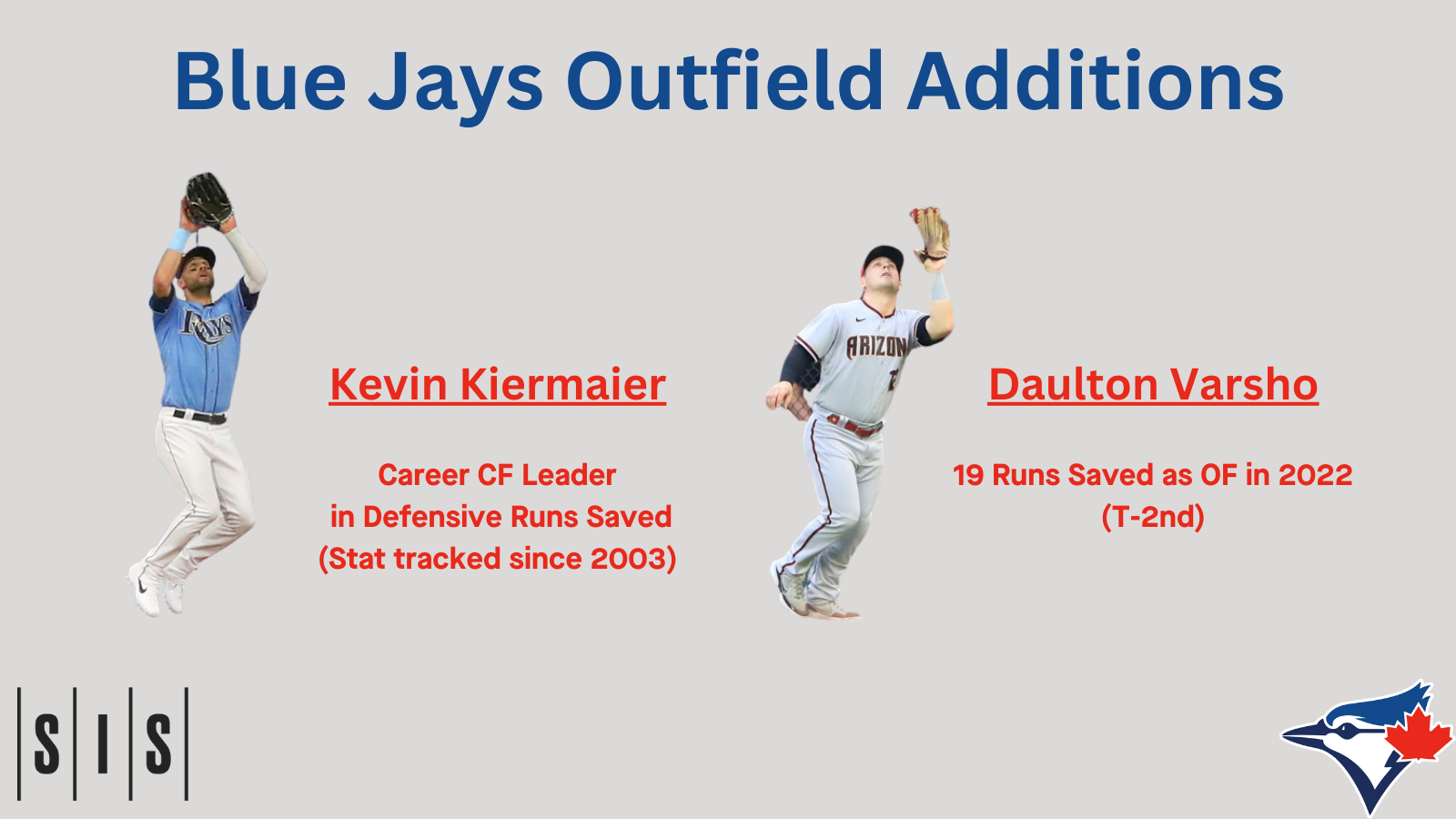By PATRICK ROWLEY
Not long ago my sister and I were watching a minor league baseball game and when Gregor Blanco came up to bat I told her about his diving catch to save Matt Cain’s perfect game in 2012.
“I’m curious if players are more likely to dive if their pitcher has a perfect game or no-hitter going” she said
This struck me as an interesting question. I think most of us would like to believe that players are giving it their all on every play, but most of us aren’t naïve enough to believe that. However, there is a certain mystique to no-hitters, particularly with complete games becoming a rare feat themselves. Each no-hitter seems to have that one defensive play that “saves” the no-hitter and becomes synonymous with the event.
Then, only days after talking about Blanco, Jurickson Profar laid out in shallow right field to make a diving catch to keep Mike Fiers’ second career no hitter intact and we felt compelled to do some research.
To look at this we used a combination of two defense metrics we track. The first being our “Scout’s Defensive Rating” which is a rating on a scale from 1-5 of how difficult it will be to convert a ball in play to an out. One is considered a “routine play” whereas a five is considered “uncatchable”. By isolating the focus to play difficulty grades 2-5 we remove the easiest plays the fielders shouldn’t need to dive for.
The resulting balls in play were then separated into two groups- the balls in play in the seventh inning or later of a no-hitter and everything else.
At SIS, we chart diving plays as part of our “Descriptive Defense Information” package, so we then looked at what percentage of balls in play that fielders were diving for in each of the two scenarios laid out. Our company has only tracked dives by fielders since the start of 2013, so our sample is slightly more than six seasons of data. What we found is that the likelihood of a player diving did go up when a pitcher had a late no-hit bid intact.
| Situation | % of Plays with a Dive |
| No-Hitter in 7th or Later | 14.6% |
| All Other Situations | 8.9% |
What this data shows us is that in this time, a pitcher’s defender is about 64% more likely to dive when they have not allowed hit through six or more frames.
The next question this brought up was whether these were “desperation dives” by players going for balls they can’t reach, or if the players are able to kick it into an extra gear and reach those extra balls. What we found is that not only do players dive more, but they have converted those dives into outs at a higher frequency.
| Situation | Diving Success Rate |
| No-Hitter in 7th or Later | 39.5% |
| All Other Situations | 31.8% |
One thing that is important to consider is the relatively small sample size of the “No-Hitter in 7th or Later” category. The infrequency with which a no-hit bid extends beyond six innings lends itself to having a sample size that is less than 0.1% of the “All Other Situations” category.
Even while considering this, the uptick in frequency with which a player dives in no-hitters as well as their success is noteworthy. It seems that if a pitcher wants to hang a zero in the “H” column for a game, they may need one of their players behind them to leave their feet for a ball at some point.



